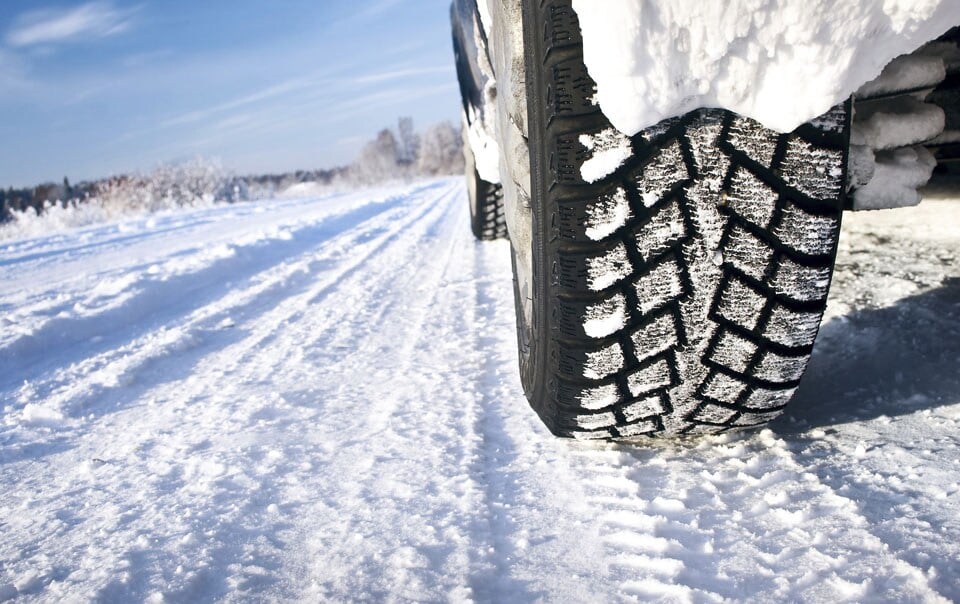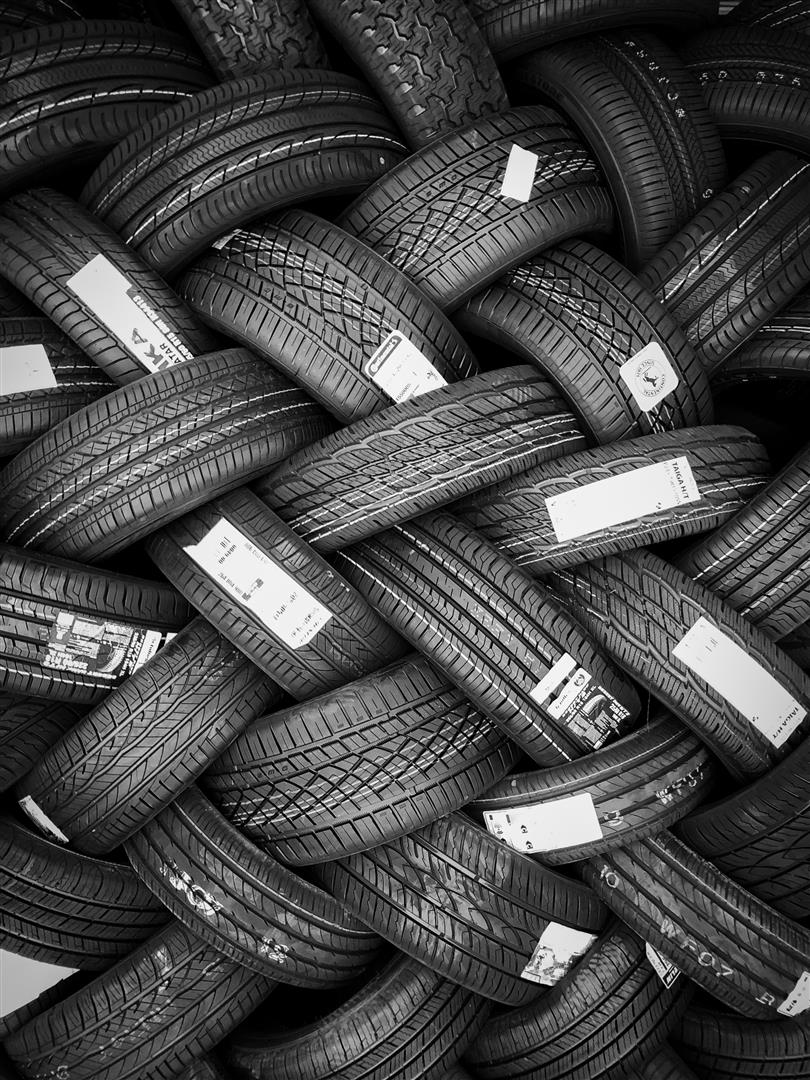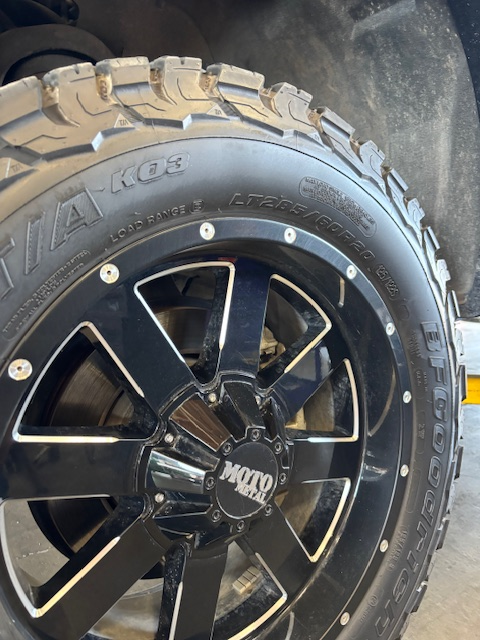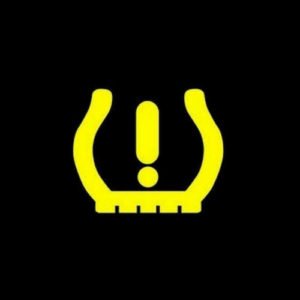Posted on 11/12/2025

Snow Tires vs. All-Season Tires: What’s Best for Winter Driving? When winter rolls in and the roads get slick, having the right tires can make all the difference in your safety and performance on the road. Utah Drivers often wonder whether snow tires (also called winter tires) are worth the investment or if all-season tires can get the job done. It seems like Utah winters have become more mild and many days the roads are not covered in snow, but you will know if your tires are in horrible shape when the snow does fly. Let’s take a closer look at the pros and cons of each tire type so you can make the best decision for your driving needs. Snow Tires: Built for Winter PerformancePros:Superior Traction in Snow and Ice: Snow tires are made with special rubber compounds that stay soft in cold temperatures, providing excellent grip on snowy a ... read more
Posted on 9/10/2025

The Importance of Tires: Why Matching, Proper Wear, and Inflation Matter Yourtires are the only part of your vehicle that touches the road, which makes them one of the most important components of your car’s safety and performance. Unfortunately, tire maintenance is often overlooked. Driving with mismatched tires, uneven tire tread wear, or incorrect tire pressure can lead to reduced handling, poor fuel efficiency, and even dangerous situations on the road. Let’s take a closer look at why tire care is so important and what you can do to keep your car driving safely. Why You ... read more
Posted on 8/5/2025

Understanding Tire Sizes: What Do Those Numbers Mean? If you’ve ever looked at the sidewall of your tire, you’ve probably noticed a series of numbers and letters, like 225/60R16. At first glance, it can seem like a secret code—but each number and letter tells you something important about your tire’s size, construction, and performance. Understanding these details can help you make smarter decisions when replacing your tires or upgrading your wheels. Breaking Down a Tire Size Let’s take the example 225/60R16: 1. Tire Width – 225 The first number refers to the width of the tire in millimeters, measured from sidewall to sidewall. In this case, the t ... read more
Posted on 12/26/2024

Tires are the unsung heroes of your vehicle. They provide traction, ensure smooth handling, and play a critical role in your overall safety. However, like all components, they wear out over time and need replacement. Knowing when to replace your tires is essential for keeping your car safe and performing at its best. Key Signs You Need New TiresTread Depth: The tread on your tires provides the grip necessary for safe driving. Over time, this tread wears down. Use the "penny test" to check your tread depth: Insert a penny into the tread with Lincoln’s head facing downward. If you can see all of Lincoln’s head, it’s time for new tires. Ideally, replace them when tread depth falls below 2/32 of an inch. Cracks and Bulges: Tires exposed to extreme weather or simply aging can develop cracks in the sidewall or bulges. These are signs that the tire structure is compromised, which can lead to blowouts. ... read more
Posted on 7/27/2022

Most vehicles manufactured after 2008 are equipped with a warning light for low tire pressure called the tire pressure monitoring system (TPMS). The system alerts you if any of your vehicle's tires have low pressure using sensors to track the tire pressure. However, the sensor only shows when the tire pressure is below 25 percent of the recommended manufacturer's pressure for safe driving. You should, therefore, not substitute regular tire pressure checking with the TPMS. In most vehicles, the warning light is a yellow wheel's cross-section on the vehicle's dashboard. Some vehicles will also display a low-pressure message with the exact tire with low pressure. Why You Should Never Ignore the TPMS Warning Light Driving with a low tire pressure affects your vehicle's handling, performance, and, more significantly, your safety. Underinflated tires tend to flex more and generate more heat which may cause the tire's internal components to overheat and break down ... read more